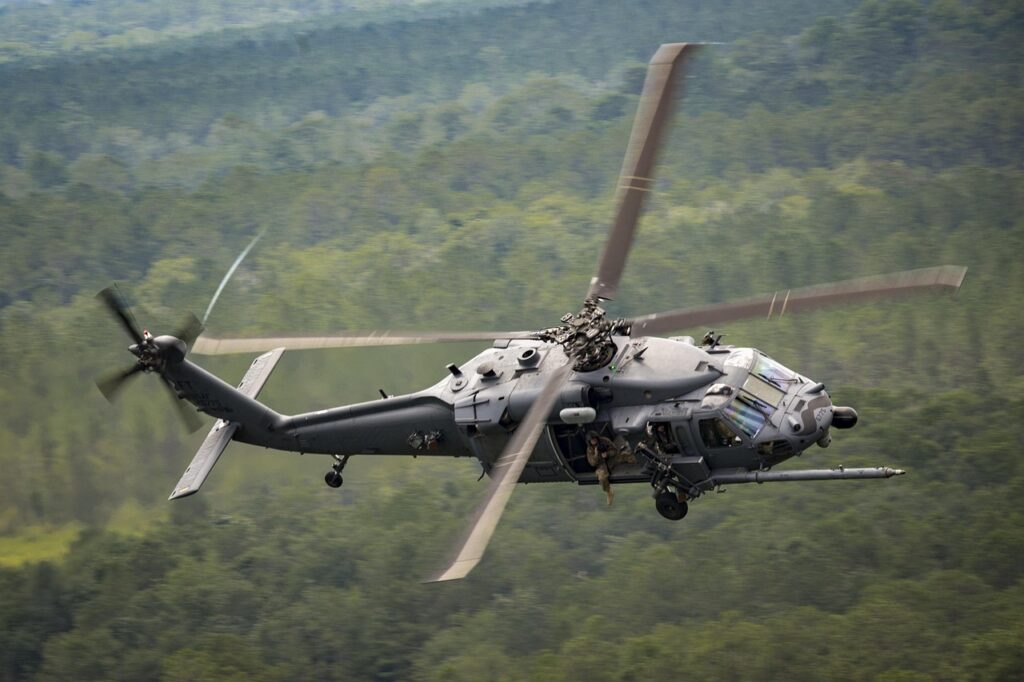Authorities are investigating a deadly crash involving a U.S. Army Black Hawk helicopter and an American Airlines plane in Washington, D.C. on January 29. The crash killed 67 people. Investigators confirmed that the Black Hawk’s tracking system had been turned off before the crash. This raises concerns about airspace safety and flight regulations.
Disabled Tracking System and Altitude Concerns
Sen. Ted Cruz revealed that the Black Hawk’s automatic tracking system was turned off before the crash. The system, called ADS-B, is important for air traffic control. It helps track the aircraft’s location, speed, and altitude. Though the helicopter’s transponder was on, ADS-B provides more accurate tracking.
Investigators are also looking into whether the Black Hawk was too high before it crashed. The helicopter’s assigned altitude was 200 feet. However, air traffic data suggests it may have been flying at 300 feet. The NTSB is working to confirm this.
Salvage crews began removing the wrecked helicopter from the Potomac River on Thursday. They had already recovered parts of the American Airlines plane, including its wings, fuselage, and cockpit.
Flight Delays and Airspace Reform
The FAA has temporarily slowed air traffic at Ronald Reagan Washington National Airport (DCA) due to recovery efforts and bad weather. Some flights have been delayed.
In response to the crash, Transportation Secretary Sean Duffy said air traffic control policies need to be changed. He pointed out that the FAA is 3,000 controllers short, which could create safety issues. He also questioned the scheduling of military flights in busy airspace. Duffy suggested training flights should happen during off-peak hours to reduce risks. He criticized the decision to fly the Black Hawk at 9 p.m. when civilian air traffic is still active.
NTSB Investigation and Safety Concerns
The NTSB has collected flight logs, maintenance records, and black box data from both aircraft. They’ve also interviewed the five air traffic controllers working when the crash occurred. Investigators are working to piece together the events leading to the crash.
A report will be released within 30 days, but the full investigation could take one to two years.
The crash has raised concerns about midair collisions around Reagan National Airport. The airport has had 30 near-miss incidents since 1987, including some with military aircraft. Experts say this number is above average but not an immediate crisis.
The investigation will focus on why the Black Hawk’s tracking system was turned off, whether it was too high, and how to prevent similar accidents in the future.
